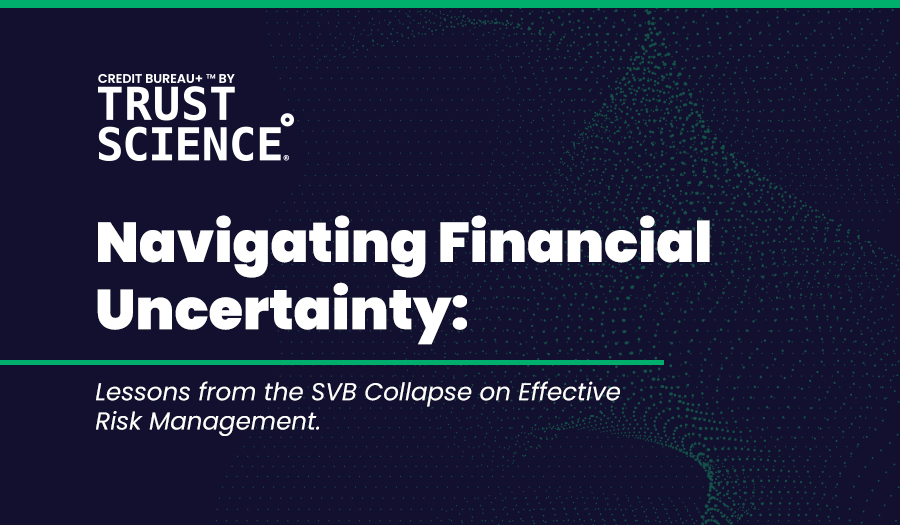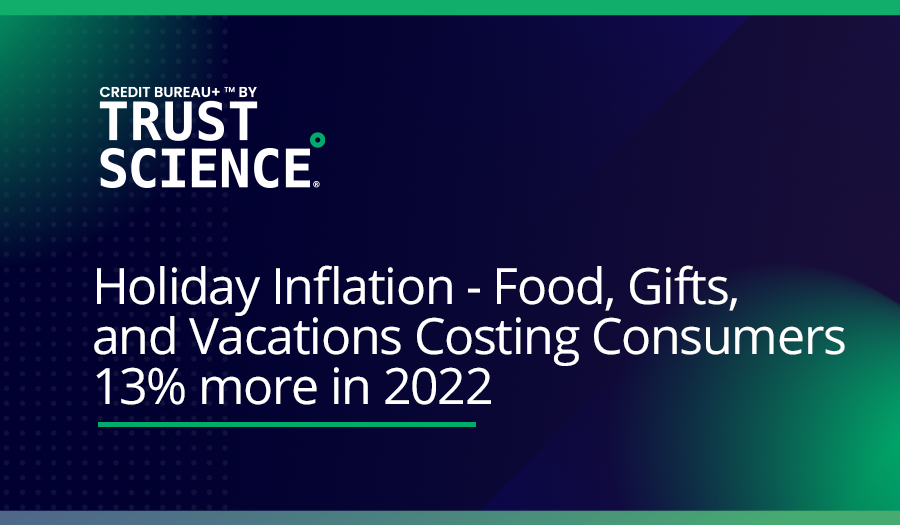Despite the Pandemic Recession, Conventional Credit Scores are Up an Average of 10-15 Points.
Widely considered the worst recession since the Great Depression and the worst public health crisis since the 1918 Influenza pandemic, the COVID-19 pandemic caused the world to come screeching to a halt. Lives and jobs were lost, schools and workplaces shut down, and the economy came crashing down with it. And with variant after variant striking the world, the pandemic is still going. Since the start of the pandemic, we’ve rapidly (and forcibly) adapted to a “new normal” of virtual meetings, social distancing, and economic uncertainty.
How is it possible that in an era of historically significant economic uncertainty, unemployment, and inflation we saw improved credit scores? Look no further than government aid policies that have helped keep the general population afloat and have blinded conventional credit reporting data.
Stimulus checks, credit payment leniency, and restrictions on negative reporting all helped everyday people survive through the pandemic, but as these government supports draw to a close, the inevitable question of another economic collapse begins to set in, and the credit bureaus haven’t seen any of the warning signs.
Conventional Methods Drive Using the Road Behind Us
Even without the pandemic, conventional credit bureaus use data that is at least a few months old and retains information that can be up to ten years old, depending on the bureau and the report. For mature applicants with a stable career and relatively consistent borrowing patterns, this system works. For other applicants, a poor borrowing decision in college could adversely impact their credit rating even when they have since demonstrated financial responsibility, gotten a stable job, and would otherwise be a prime or maybe even a superprime borrower. By virtue of having static scores, even those that are now relatively low-risk borrowers may present as subprime in a conventional credit report.
The conventional method relies on the assumption that the future continues in a very similar manner to the past going back as far as 10 years. The reality could not be further from the truth. Made especially evident by the pandemic, the world is rapidly changing, and tomorrow is full of uncertainty. Without the pandemic-era credit reporting data they would typically receive, credit bureaus are now up to two years behind the true present creditworthiness of prospective borrowers, meaning that their scores are no longer accurate. Even worse, conventional credit scoring models (i.e., what they do with that data) are largely static. That means that even with updated COVID-era data, conventional credit scoring would still be inaccurate because they are unable to adapt to the macro-level socioeconomic factors that underpin credit behavior.
Dynamic Credit Scoring: The AI/ML-Driven Challenger
Data issues aside, conventional scoring models simply lack the ability to be flexible and adapt to macro-level changes. Dynamic credit scoring, driven by AI and ML, has the answer.
Machine learning models continuously learn from new data inputs and can thus iterate and adapt quickly and accurately through supervised learning, giving you meaningful, dynamic and updated insights on borrowers, even in the most uncertain of times. While you need to watch out to make sure that the right targets are used, effective machine learning models optimize to deliver the most powerfully predictive scores that form the basis of confident lending decisions.
Contact us today for more information on how Trust Science’s dynamic credit scoring platform can help your lending business stay agile and flexible.






